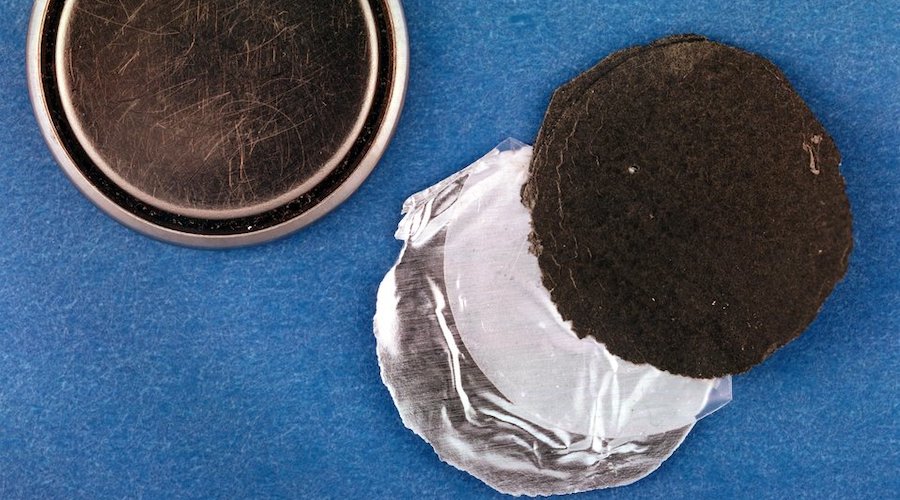Solid-state battery market expected to reach $6 billion by 2030 – report
( August 5, 2020)
Edited By David Peng
A report by IDTechEx states that the market for solid-state batteries is expected to grow to over $6 billion by 2030.
According to “Solid-State and Polymer Batteries 2020-2030: Technology, Patents, Forecasts, Players,” most of the market for solid-state batteries comes mainly from electric vehicles, with growing interest from other sectors like energy storage systems and consumer electronics.
“With most of the companies’ mass-production plans, like Japan ~2025-2030, Europe ~2025-2026, mainland China & Taiwan ~2022-1023, it is likely that solid-state batteries will take off around 2025, although small-scale production may happen even earlier,” the report reads. “The car plug-in market will take the most share (65%) in 2030, followed by smartphone applications.”
SAMSUNG JUST DEVELOPED SOLID-STATE BATTERIES BASED ON ARGYRODITE ELECTROLYTE, WHILE VOLKSWAGEN RECENTLY INVESTED $200 MILLION IN SOLID-BATTERY DEVELOPER QUANTUMSCAPE
In the market analyst’s view, since the battery market is currently dominated by East Asian companies, European and US firms are striving to win this race that might shift added value away from Japan, China, and South Korea.
“New material selection and change of manufacturing procedures show an indication of the reshuffle of the battery supply chain. From both technology and business point of view, the development of solid-state batteries has become part of the next-generation battery strategy. It has become a global game with regional interests and governmental support,” the review states.
As an example, IDTechEx presents Samsung’s case, a company that has just developed solid-state batteries based on argyrodite electrolyte. In terms of investments in the technology, Volkswagen recently invested $200 million in solid-battery developer QuantumScape, while Toyota, Honda, Nissan, Fisker, Panasonic, and CATL also have a hand in the game.
In terms of solid-state battery technologies, the research brief states the next-generation development is likely to be dominated by material systems based on oxide and sulfide systems, together with the polymer system.
“Sulfide electrolytes have advantages of high ionic conductivity, even better than liquid electrolytes, low processing temperature, wide electrochemical stability window, etc. Many features make them appealing, being considered by many as the ultimate option. However, the difficulty of manufacturing and the toxic byproduct that can be generated in the process make the commercialization relatively slow,” the white paper states.
“IDTechEx has observed that more companies tend to focus more on the oxide system to reach a shorter time of return. This has also been reflected in the market prediction.”
